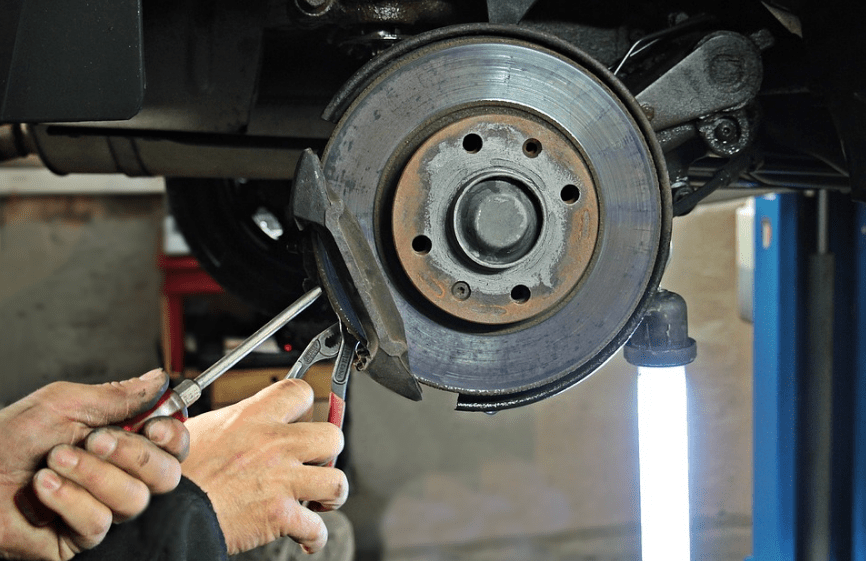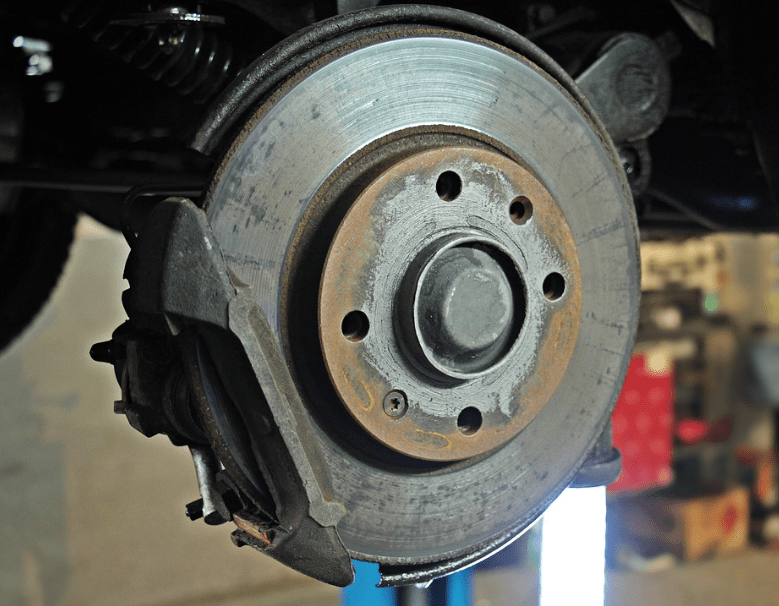Many historians that specialize in the history of cars would say that the invention of anti-lock brakes helped revolutionize how we drive our cars today. Without the anti-lock brakes, the vehicles may lead us to accidents since we do not have control over them while kicking the brake pedal. What is the anti-lock brake? And why is it important for many types of vehicles driven on the road and on rocky terrain? We will find out as we get a look at the brief history of anti-lock brakes.
What are Anti-Lock Brakes?
The anti-lock brake, also known as the anti-lock braking system or ABS, is an anti-skid braking system that is developed for use in land vehicles like cars, trucks, and motorcycles, as well as aircraft. Before the invention of ABS, most of the vehicles that we drive had a braking system that prevented us from steering the wheel or controlling our vehicle while we activated the brakes. This primitive system often leads to accidents and crashes, as the driver has no more control of the vehicle once the brakes are working. So, with the ABS installed in a vehicle, the driver will be able to move the steering wheel while braking, thus gaining more control over the direction where the vehicle is going.
History of ABS
Even before the “anti-lock brakes” term was coined, the concept for the system was already being developed in the 1900s, with one of the first developers being J.E. Francis through his idea of a “Slip Regulator for Rail Vehicles.”
One of the earliest prototypes of the anti-lock braking system was created by French pioneer Gabriel Voisin, who experimented on modifying the hydraulic braking pressure of his plane’s brakes in order to prevent or reduce tire slippage that may cause damage to the aircraft. While threshold braking, a form of braking (that also serves as an influence to ABS) where the driver can manipulate the pressure applied to the brakes to control how quickly the vehicle will slow down or stop, can be done on land vehicles, it cannot be applied to aircraft, thus the pilot will have no way of controlling the plane’s speed of braking or slowing down. So, Voisin developed a system that makes threshold braking possible on planes by attaching a valve and flywheel to the hydraulic line.
However, the first successful development of the anti-lock brakes for land vehicles was developed by German engineer Karl Waessel, who patented his system for modulating braking power in 1928. This system allows the driver to control how much power or pressure he or she can apply to the brakes without the need to learn how to perform threshold braking. In addition, the system also enables the driver to control the steering wheel even though the brakes are activated. Unfortunately, Waessel’s invention only remained as a patent, as no manufacturer was able to implement the system on their vehicles.
Fortunately, through Waessel’s patent, many inventors tried to improve upon his system and create better ones that are cheaper and faster to produce. In the 1950s, an anti-skid system created by Dunlop Maxaret for aircraft became popular in the UK. With Maxaret’s system, the aircraft has a reduced braking distance of about 30% less than average while also prolonging its tire life since it is no longer prone to too much skidding during landing and takeoff.
The Road Research Laboratory would then try out the Maxaret system by using the Royal Enfield Super Meteor motorcycle in 1958. Through the experiment, researchers found out that anti-lock brakes are beneficial for motorcycles, which are arguably the most prone to road accidents. However, as the Maxaret system was expensive during that time, it was not used in future Royal Enfield motorcycles during that period.
A unique version of the ABS, which features a fully mechanical system, was installed on several vehicles during the 1960s to test out its reliability on the road. Some of the automobiles installed with ABS are the Jensen FF, an all-wheel-drive Ford Zodiac, and the Ferguson P99. But, because the system was quite expensive and unreliable (due to unrefined mechanics), its production was discontinued.
After further improvements, the modern ABS was created by Mario Palazzetti, an engineer at the Fiat Researcher Center who would later be known as “Mister ABS.” In the 1960s, Palazzetti would then sell the system to Bosch Mobility Solutions, who would later coin the term “ABS.” Bosch later improved the system to be much more reliable and advanced, and this system would then become the standard in most cars that are manufactured by different companies.
Although there have been much more advanced braking systems that were invented and applied to hundreds of vehicles over the years, the modern ABS is still considered the most reliable system, according to many veteran drivers around the world. ABS would still remain as most drivers’ choice when it comes to picking a braking system for their cars.


